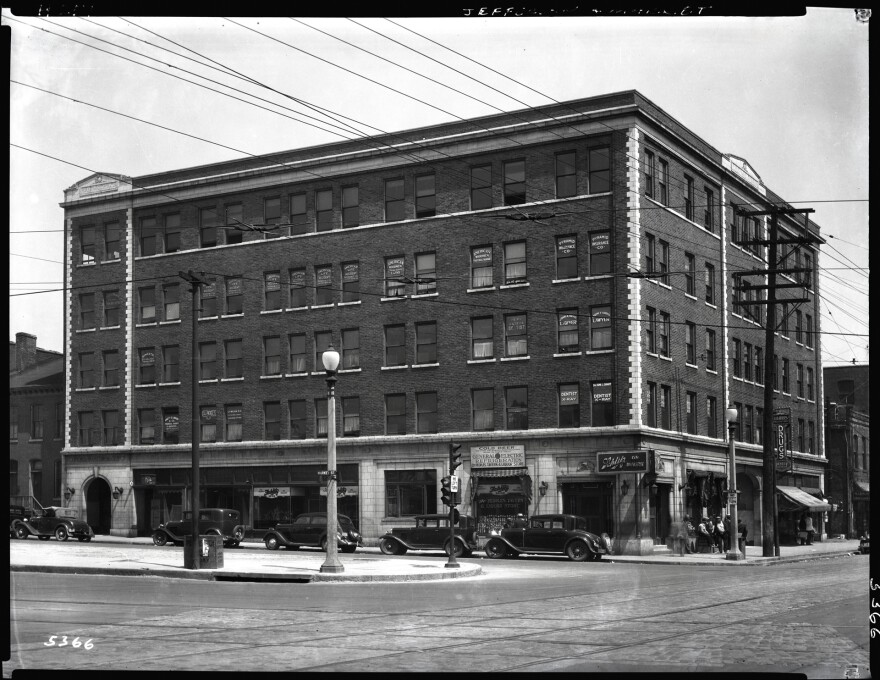In 1959, the Mill Creek Valley community near downtown St. Louis was targeted for “urban renewal.” City leaders and newspapers described the community — home to nearly 20,000 people — as a slum.
But that wasn’t the Mill Creek that its residents remember. More than 60 years after its destruction, an exhibition opening this weekend at the Missouri History Museum carries a different title: “Black Metropolis.”
“By the time I moved, we were about the only house on the block because they had torn down everything around us,” said Malaika Horne Wells.
Horne Wells is one of several former residents who were consulted by the museum’s curators before the exhibition’s opening. Although relatively few artifacts remain from the community, Horne Wells pointed to the impact of oral histories collected from the dwindling number of former residents.
Those accounts paint a picture of a “a really cohesive, very hustle, bustle kind of community,” she said.
“It was very crowded because of segregation. There were only a few communities [where] we could live. But it was multiclass, even though it was mainly working class, you had doctors and lawyers and other professionals. A lot of the big factories, mainly white people worked in those big factories, but in terms of smaller businesses, then you had a vibrant community of small businesses. And then you had these gig workers … they would go up and down the street. That's why it made it so much more interesting and exciting to live there, because you saw how entrepreneurial these people were trying to make a living, even though there was job discrimination.”
In 2018, Horne Wells authored the memoir “Mother Wit” about childhood in Mill Creek. The literary revival of Mill Creek continued in 2022, when former resident Vivian Gibson was named Missouri author of the year for her memoir “The Last Children of Mill Creek.”
Gibson’s book is now in its fifth printing. It has been taught in the classroom at multiple local schools. After touring the exhibition, Gibson told St. Louis on the Air, “ I think you'll have a good sense of what Mill Creek was like.”
“I like to think of it as a diverse community. Your teacher could have also gone to your church [or] could have been in a club with your mother. Clubs were very big in the Black community in those days. A lot of things that we didn't have access to, we put together in this community ourselves, the schools, the churches.”
“There were 43 churches,” she added. “Forty-two of them were demolished.”
Related event:
What: “Mill Creek: Black Metropolis” Opening Weekend Celebration
When: Nov. 15
Where: Missouri History Museum (5700 Lindell Blvd., St Louis, MO 63112)
To hear the full conversation about the new exhibition “Mill Creek: Black Metropolis,” with Malaika Horne Wells and Vivian Gibson, listen to “St. Louis on the Air” on Apple Podcasts, Spotify or YouTube, or click the play button below.
“St. Louis on the Air” brings you the stories of St. Louis and the people who live, work and create in our region. The show is produced by Miya Norfleet, Emily Woodbury, Danny Wicentowski, Elaine Cha and Alex Heuer. The production intern is Darrious Varner. The audio engineer is Aaron Doerr.






